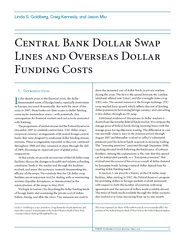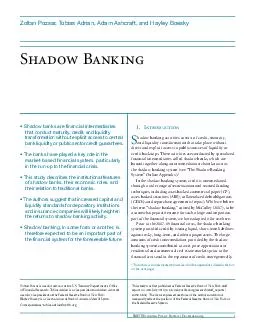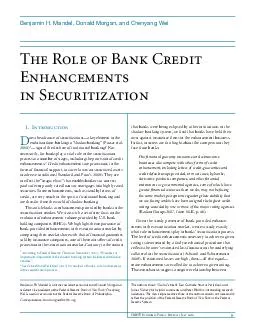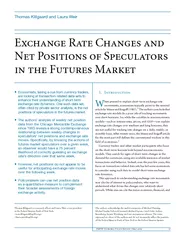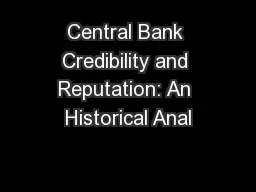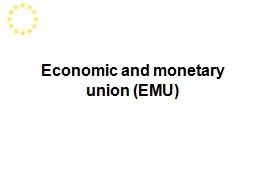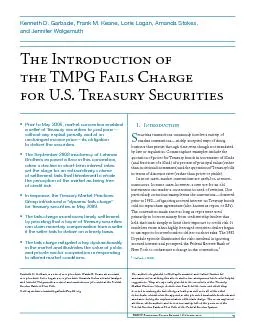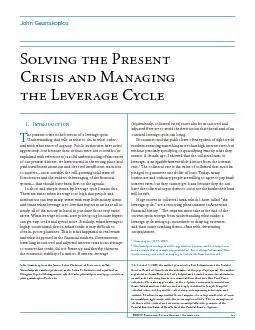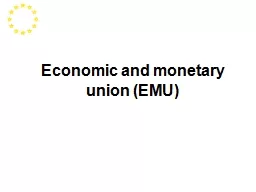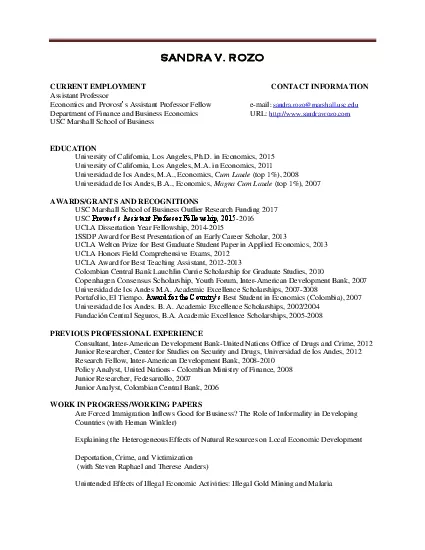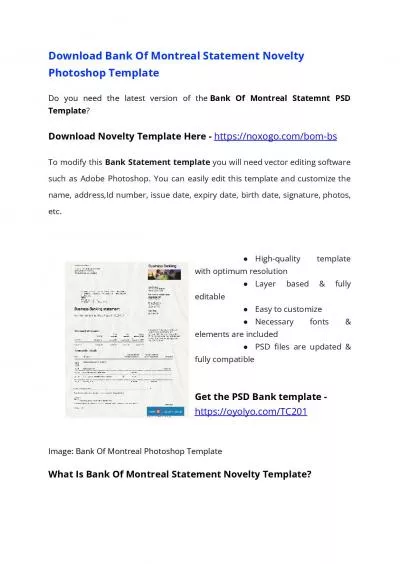PDF-FRBNY Economic Policy Review May Central Bank Dolla
Author : trish-goza | Published Date : 2015-04-18
Introduction n the decade prior to the financial crisis the dollar denominated assets of foreign ba nks especially institutions in Europe increased dramatica lly
Presentation Embed Code
Download Presentation
Download Presentation The PPT/PDF document "FRBNY Economic Policy Review May Cent..." is the property of its rightful owner. Permission is granted to download and print the materials on this website for personal, non-commercial use only, and to display it on your personal computer provided you do not modify the materials and that you retain all copyright notices contained in the materials. By downloading content from our website, you accept the terms of this agreement.
FRBNY Economic Policy Review May Central Bank Dolla: Transcript
Download Rules Of Document
"FRBNY Economic Policy Review May Central Bank Dolla"The content belongs to its owner. You may download and print it for personal use, without modification, and keep all copyright notices. By downloading, you agree to these terms.
Related Documents

